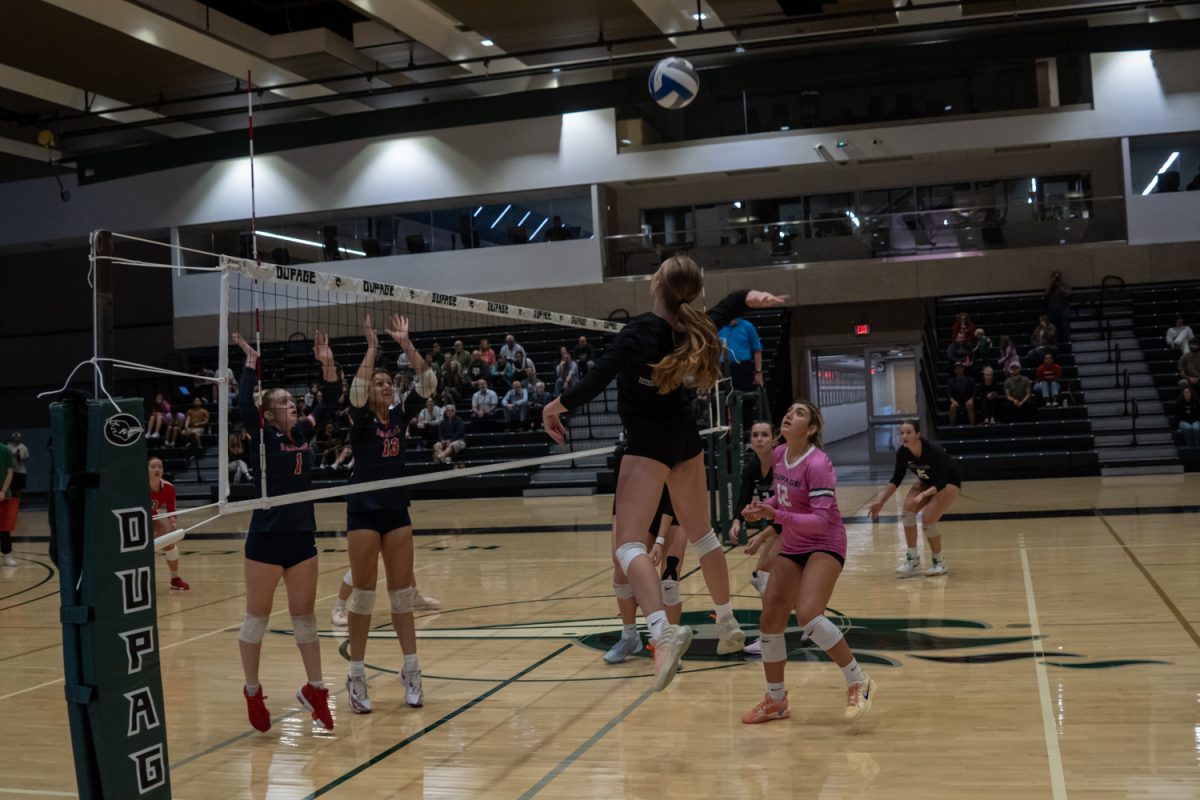How We Protect Against Biased Reporting
September 20, 2021
How we protect against biased reporting
Every human being has implicit biases stemming from their individual life experiences, information and opinions they consume, and the people in our lives.
Journalists are human beings, too. However, it’s a journalist’s job to deliver stories and articles to readers that eliminate as much of that bias as possible.
This ethical mandate is why every respectable news organization committed to objective reporting has a multi-tiered process to help ensure fairness in every story. The Courier makes every effort to conduct journalism using the same practices as a professional news organization.
Our process begins with recruiting a diverse student staff with a myriad of backgrounds and experiences.
Student reporters pitch their story ideas to the entire staff. This first step in the reporting process allows the team to suggest sources, angles and points to consider when constructing the full story.
Students submit the first draft of every story to a shared document that allows every staff member to read it and make suggestions for improvements.
Next, the student managing editor reviews the stories. Then the student editor-in-chief reviews the stories. And, finally, the adviser for the Courier reviews all the stories.
The Courier’s adviser, James Fuller, has more than 20 years of experience as a professional journalist and a master’s degree in public affairs reporting. The adviser’s role is to make suggestions for how to improve stories. Neither the adviser nor the college administration has the legal authority to change or censor any content. The student staff of the Courier retains final control and responsibility for all content.
This multi-tiered editing approach helps ensure individual biases do not appear in the final article.
Bias is Appropriate When it’s Intentional
While the main function of a news outlet is to provide factual, objective information to readers, there is also value in fostering discussion and consideration of well-informed opinions based on accurate and factual information.
By their very nature and definition, opinions are biased toward the views of the individual or individuals who write them. As described above, objective news articles do not contain or reflect the views of the journalist or journalists who write them.
In an effort to engage readers in thoughtful dialogue, news outlets do publish individual writer opinions – but only in articles that are meant to be subjective and opinionated. Examples of this include news and sports columns that reflect the opinions of an individual writer. Art reviews (movies, music, book) reflect the author’s opinions of the reviewed media. Staff editorials reflect the collective opinion of the Courier’s editorial board. Letters to the editor and guest columns reflect the views of the writers of those pieces.
To help readers distinguish objective articles from opinion pieces, we label our columns, reviews, and staff editorials as opinions by either placing them in the Opinion section of the paper and/or placing the word “Opinion” in the headline.




















